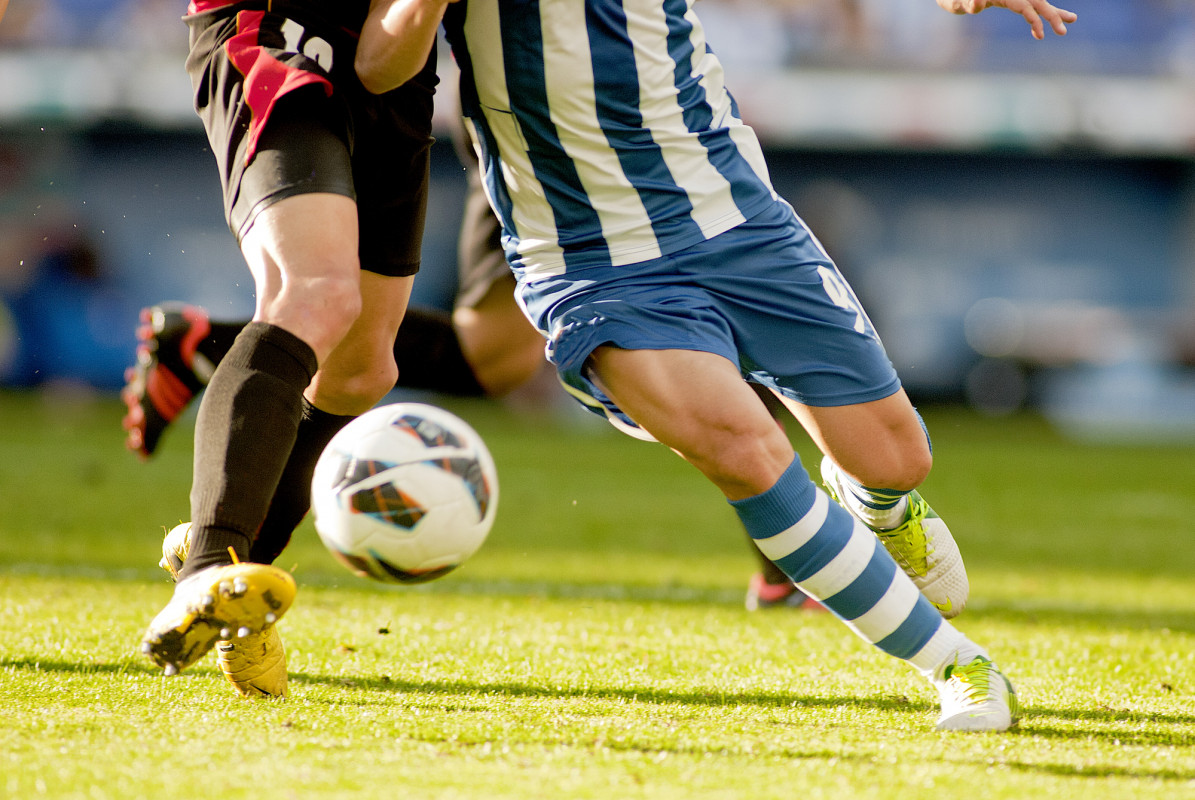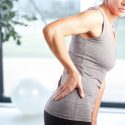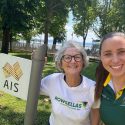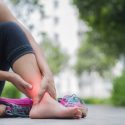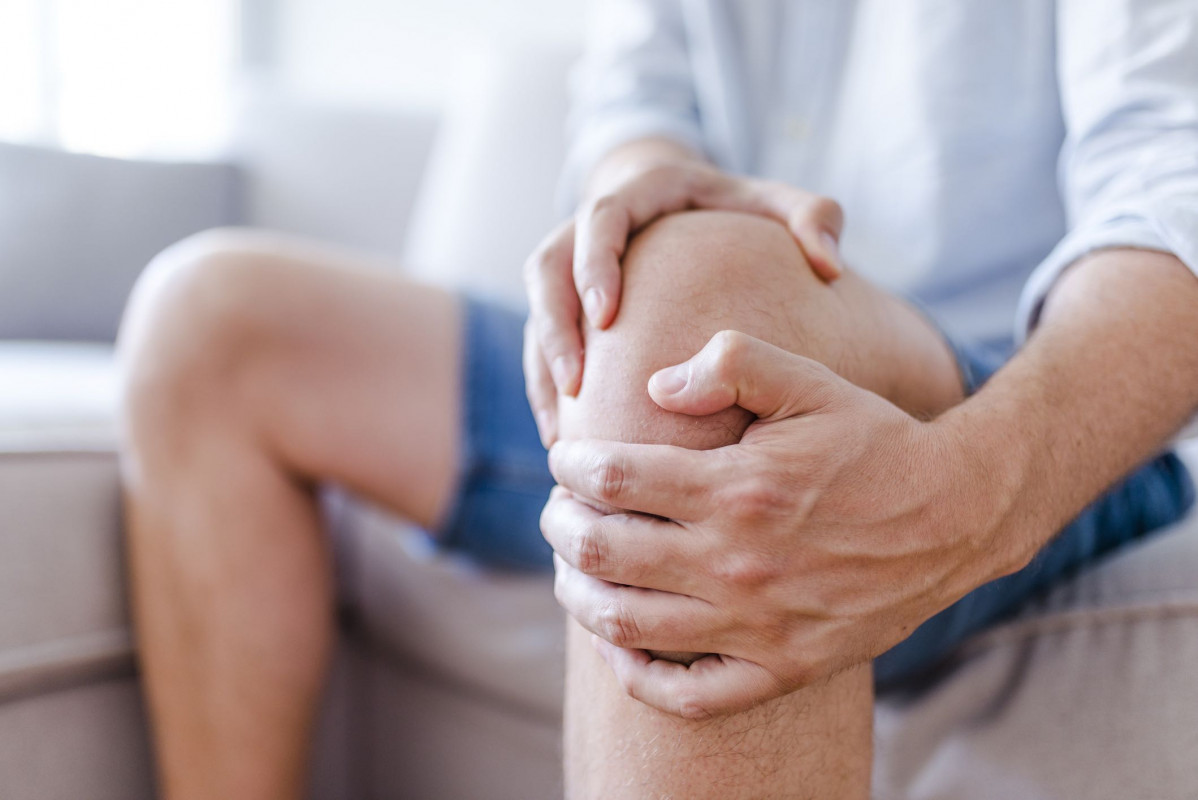
The term Osteoarthritis (OA) is a disease that affects the whole joint. In fact, the term Osteoarthritis is derived from the greek words Osteo – meaning bone, arthr – meaning joint, and itis – meaning inflammation. It is a lifelong disease that begins where the cartilage, that is the smooth surface on the ends of bone degrades, becomes thin and even disappears. The underlying bone can also be affected as well as the muscles, ligaments and joint capsule.
What are the Risks for Osteoarthritis?
There are a number of risk factors for OA – some of these we can change and others we do not have any control over:
What risk factors that I can change?
- Previous joint injury – Of all people who sustain a traumatic knee injury, 50% will develop OA within 10-15 years. This highlights the importance of injury prevention programs for both recreational and elite athletes. Examples of these programs include the FIFA 11+ program for soccer and the KNEE program for netball.
- Joint overload – Heavy loading of our joints for many hours and over many years can lead to an increased risk of OA. This usually occurs with repeated heavy manual labour or high impact sports. Remember that sports at lower level and regular physical activity recommendations for good health have not been shown to lead to OA and are recommended for healthy joints.
- Obesity – Each extra kilo of body weight increases the load we put on our joints. We also know that being overweight increases our risk of OA in the joints we don’t weight bear on such as our hands
- Physical Inactivity – Inactivity reduces the quality of our bone, muscles, tendons and cartilage. Cartilage in particular requires load (which we get through activity) in order to properly regenerate.
- Muscle weakness – Our muscles act as shock absorbers for our joints and weak muscles are worse shock absorbers hence increasing our risk of joint damage. Muscles also have an important role in the alignment of our legs during activities such as walking, using stairs, standing from a chair. If our muscles are weak we begin to use our legs in incorrect alignment, which increases our risk of osteoarthritis.
What risk factors can’t I change?
- Age: As OA is an irreversible condition, it becomes more frequent with increasing age. Even though OA is irreversible we know that the symptoms can be reduced or even disappear. It is also important to note that OA related changes we see on xray do not relate to the amount of pain people experience. Patients can have what looks like advanced OA on xray and have little or no pain.
- Gender: In middle age OA is slightly higher in men than women and this is thought to be related to more men potentially having injured their joints during sport or heavy manual work. OA is more common in women, particularly in older age.
- Genetics: If one or both parents have osteoarthritis, the risk of their child having OA as an adult is increased. We can to some extent modify this genetic risk by adopting a healthy lifestyle
Optimal OA treatment should target both the symptoms and risk factors associated with Osteoarthritis and physiotherapists are well equipped to educate and prescribe specific and individual exercises for the effective management of osteoarthritis.




